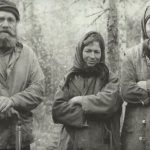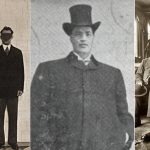When you think of Mickey Mouse, the image that likely comes to mind is the cheerful, round-eared character who has charmed audiences for generations. But did you know that Mickey wasn’t always so loveable?
In fact, when he first made his debut in 1928, some even found his appearance unsettling. Let’s take a journey through time to explore how Mickey Mouse evolved from a slightly creepy cartoon to the beloved character we know today.
Walt Disney’s first steps into animation

In 1923, Walt Disney and his brother Roy set up a small animation studio in Hollywood. They quickly made a mark in the animation world with creativity and determination.

One of their early successes was Oswald the Lucky Rabbit, a character that became an overnight sensation. However, this success came with a harsh lesson: Disney lost the rights to Oswald, leaving him out of a job and back to square one.
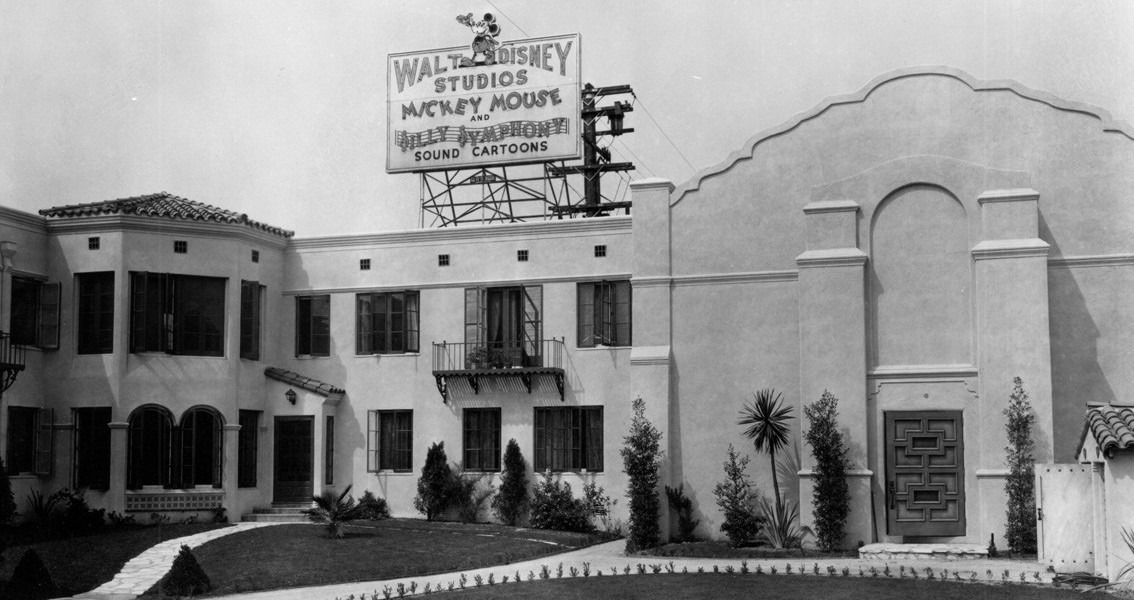
But Disney wasn’t one to give up easily. Alongside his friend and talented animator Ub Iwerks, he began working on a new character that would change the course of animation history—Mickey Mouse.
The birth of Mickey Mouse

There are several stories about how Mickey Mouse got his name. One popular tale suggests that Disney originally wanted to name the character Mortimer, but his wife, Lillian, convinced him to choose something more playful—thus, Mickey was born.
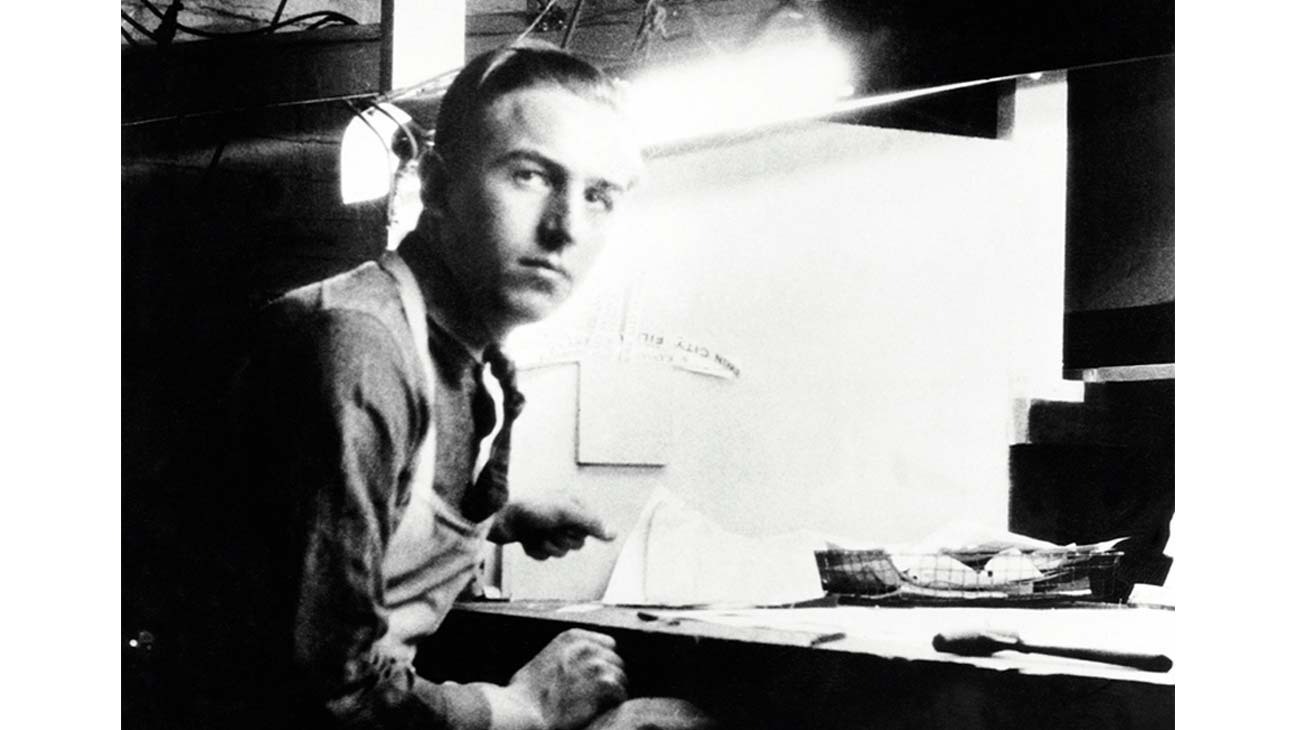
Another version of the story points to a wooden toy, patented in 1926, with the name “Micky” inscribed across its chest. Inspired by this toy, Disney and Iwerks created the character that would become an animation icon.
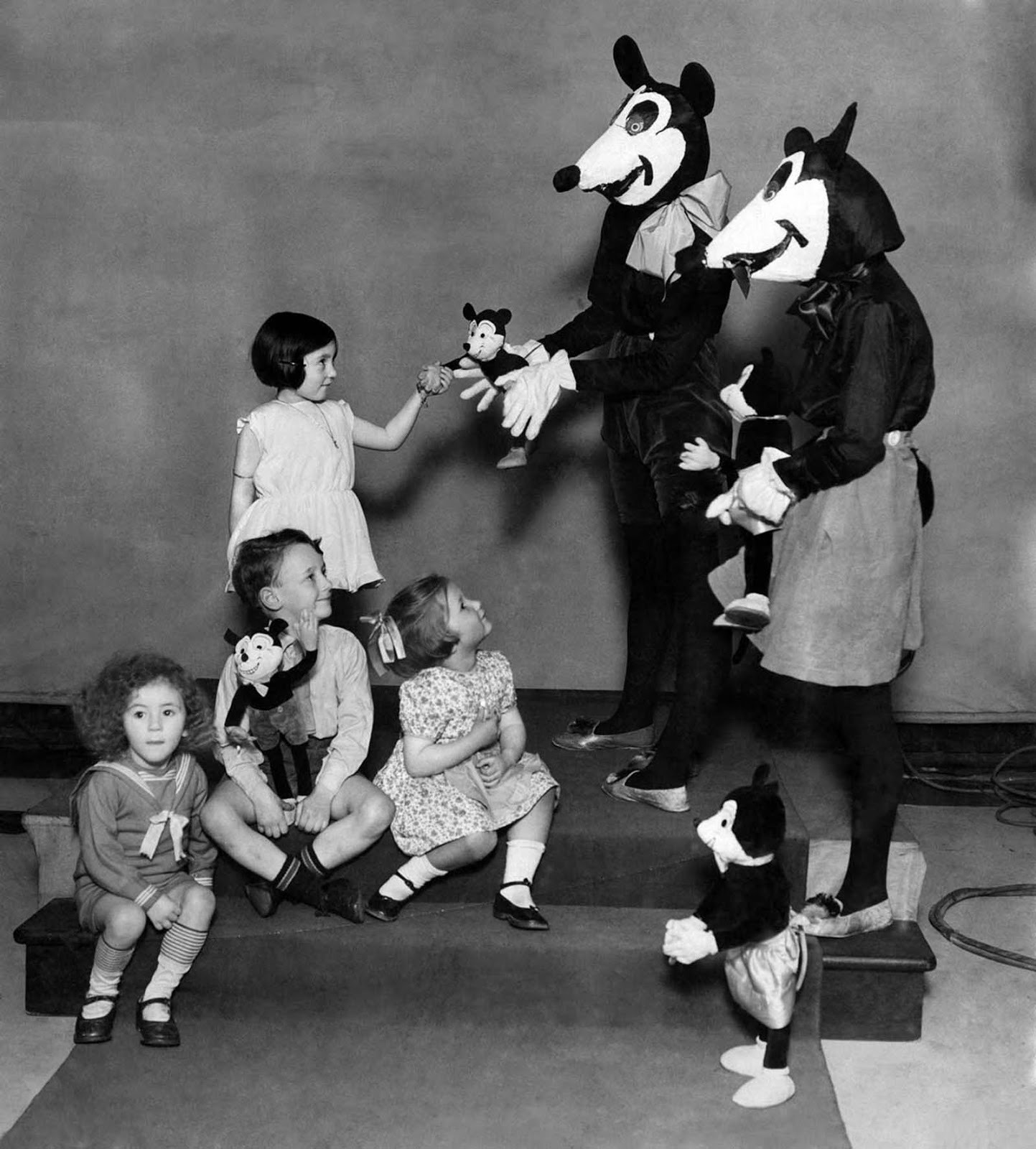
With the lessons learned from losing Oswald, Disney wasted no time in registering Mickey with the U.S. Patent Office, ensuring that this new creation would remain his own.
The big debut of Mickey
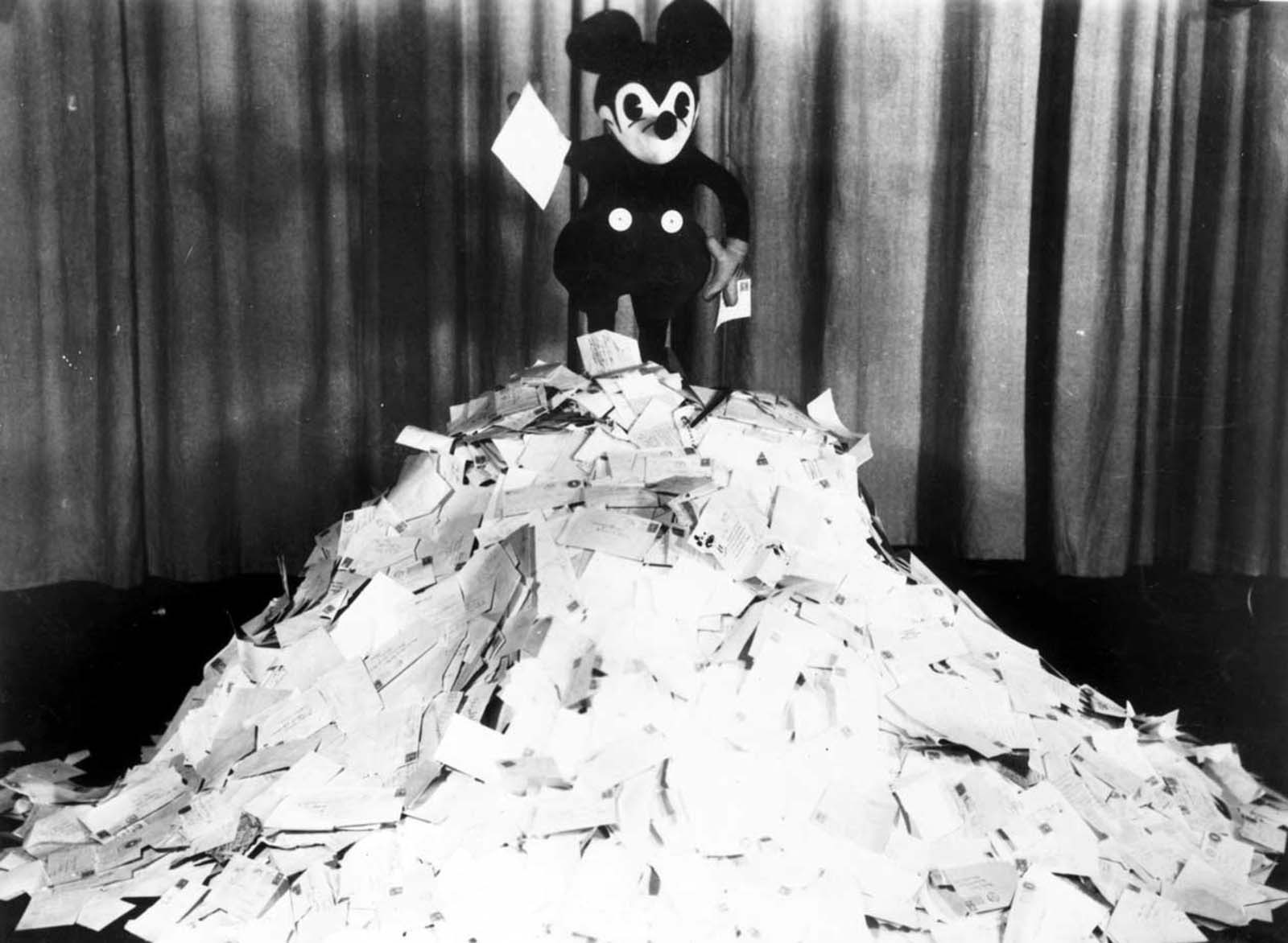
Mickey Mouse made his first public appearance in the black-and-white film Steamboat Willie, which premiered in 1928.
This short film was groundbreaking, not just because it introduced Mickey to the world but also because it was one of the first to use sound that perfectly matched the actions on the screen.

The film, which lasted only seven minutes, featured a simple plot but was revolutionary in its execution.
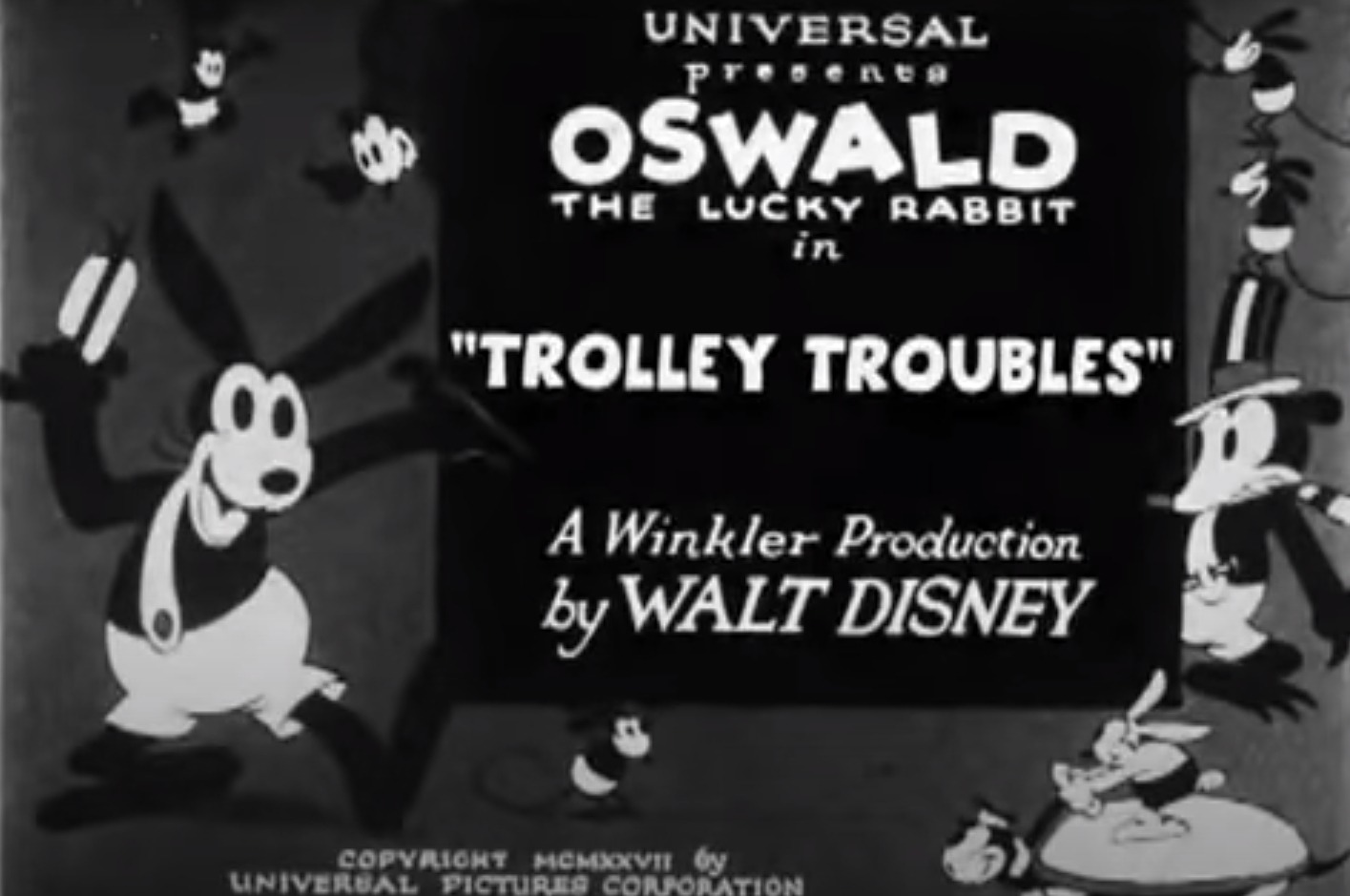
For the first time, audiences saw characters whose actions were perfectly timed to a musical soundtrack, a feat that required a 17-piece orchestra and innovative sound effects.
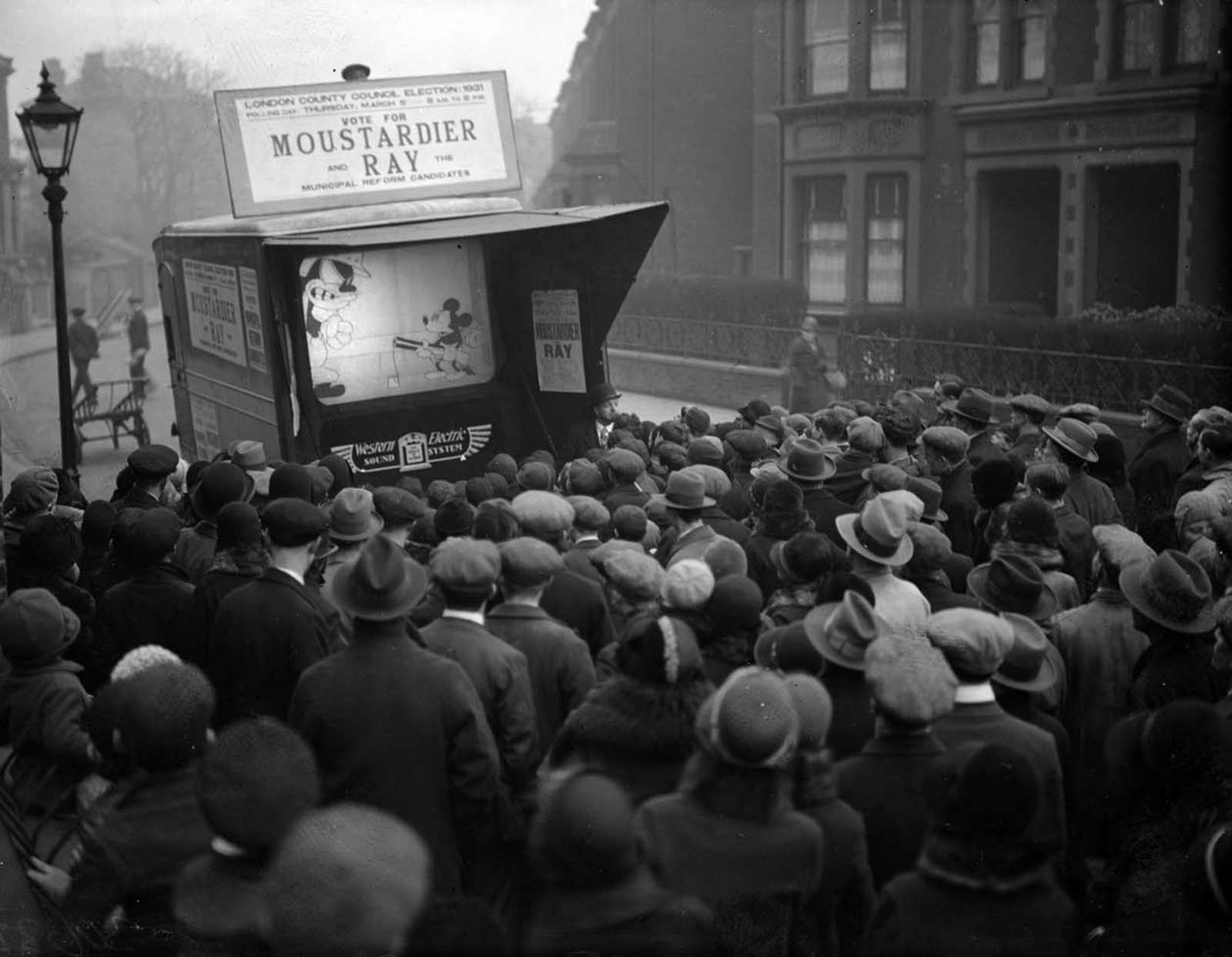
Steamboat Willie was an instant hit, catapulting Mickey Mouse into the spotlight and beginning his journey to worldwide fame.
Quite a creepy version of the original Mickey

In his earliest form, Mickey Mouse was different from the charming character we know today. Mickey’s initial design was more mischievous than endearing, with a long pointy nose, spindly legs, and a rat-like appearance.

This nature was reflected in his antics in the early cartoons. Consequently, some parents didn’t favor Mickey and complained that this character wasn’t the best role model for their children.

The feedback was taken into consideration. Disney animators, particularly Fred Moore, began refining Mickey’s image to make him more appealing.
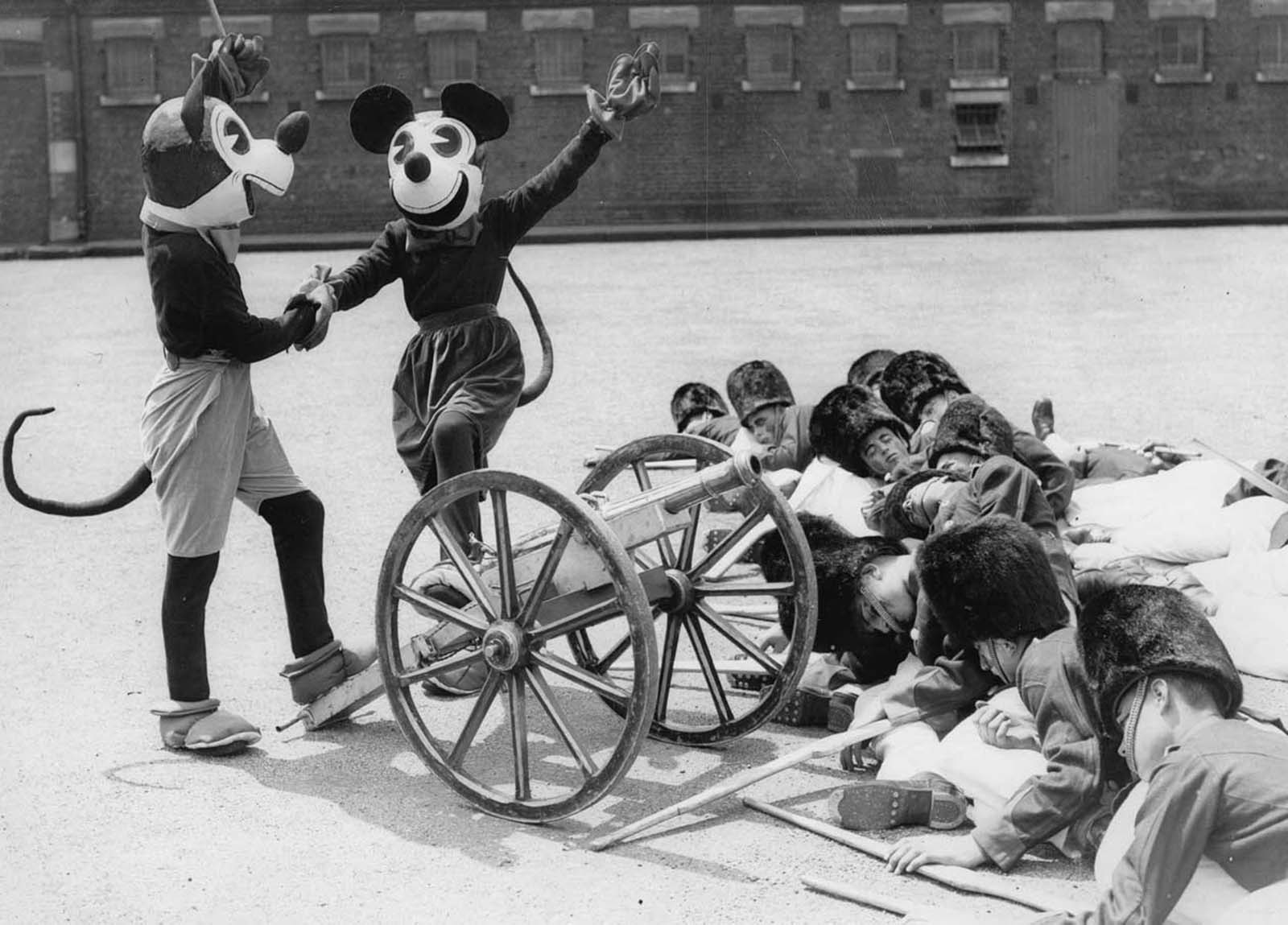
This transformation wasn’t immediate but rather a gradual process that saw Mickey’s eyes enlarged, his ears rounded, and his nose shortened.

Over time, Mickey’s physique also changed to be more childlike and friendly.
The transformation to a global icon
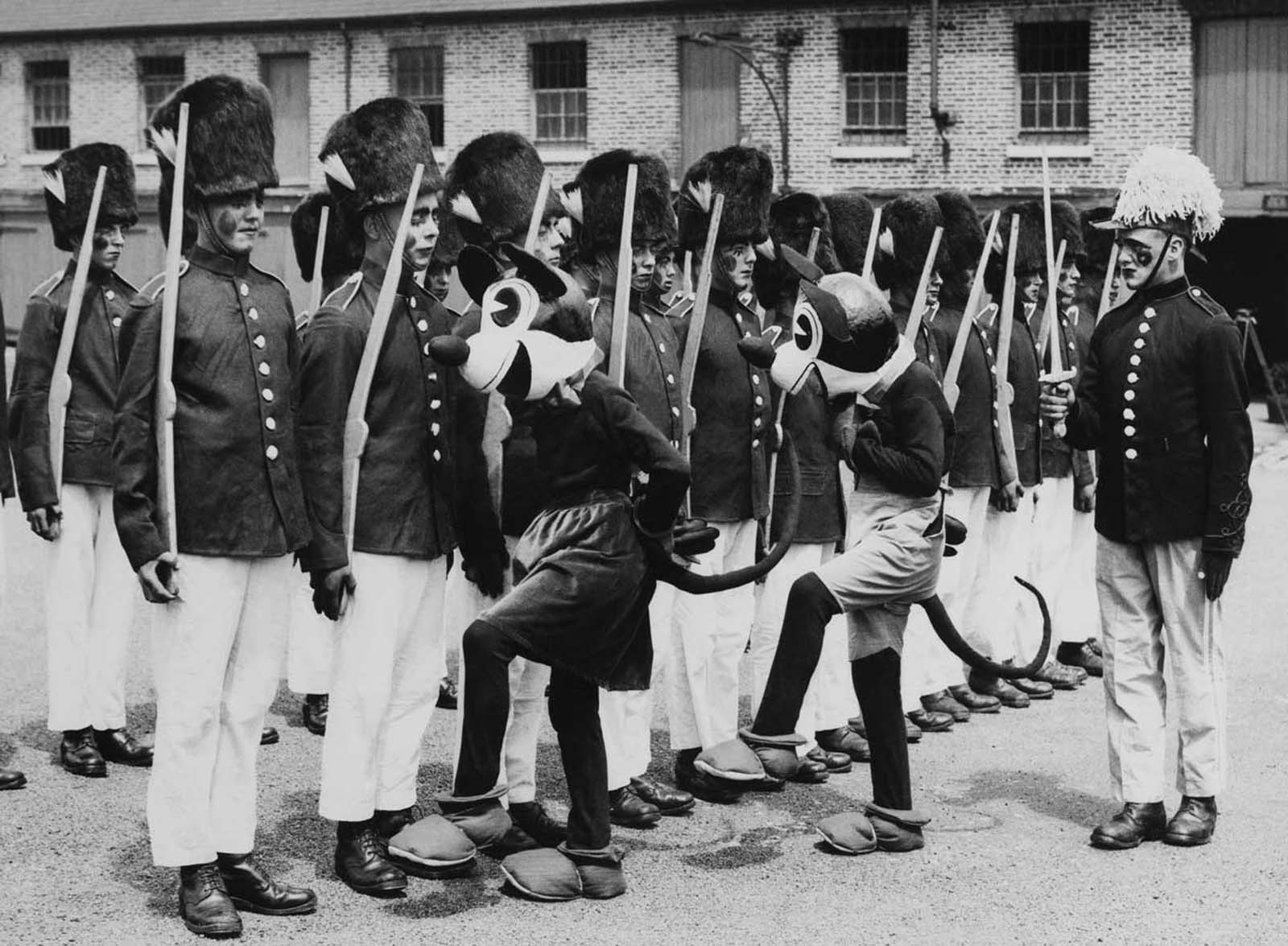
As Mickey’s appearance evolved, so did his personality. The once-mischievous mouse became more wholesome and good-natured.
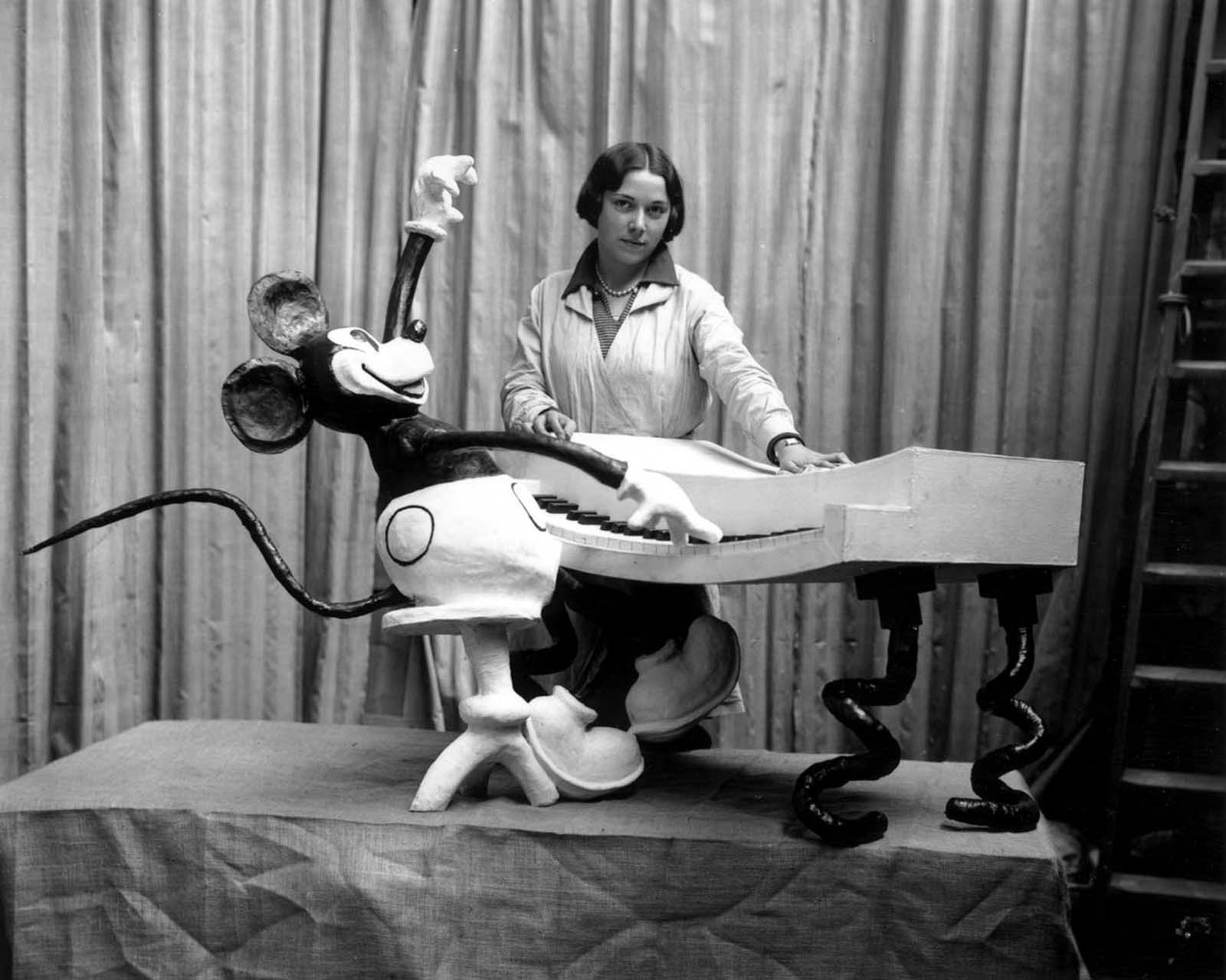
That aligned with the values that Walt Disney wanted to promote through his animations. These changes helped Mickey become beloved not just in America but around the world.

As Mickey’s appearance and personality became more refined, his popularity skyrocketed. Soon, there was a wide range of Mickey Mouse merchandise, theme parks, and even his very own star on the Hollywood Walk of Fame.
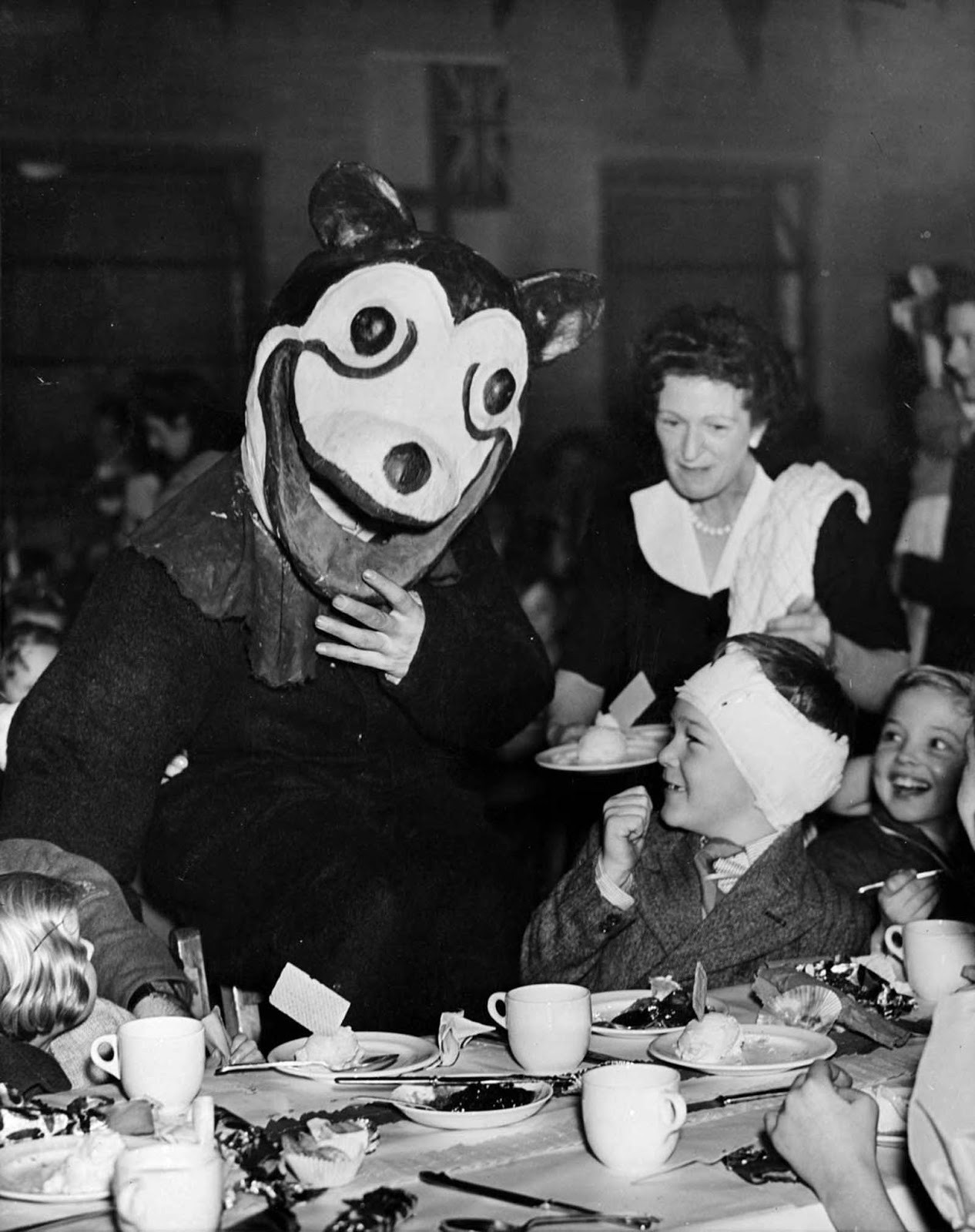
Today, Mickey Mouse is more than just a cartoon character; he’s a cultural icon and a symbol of the magic of animation.

